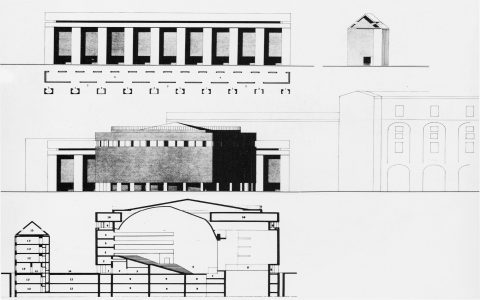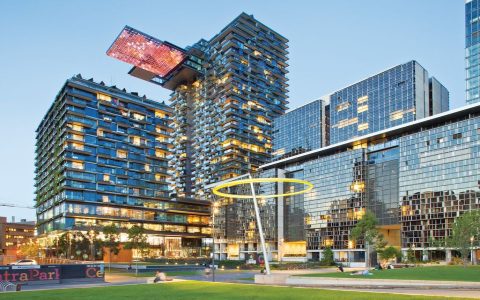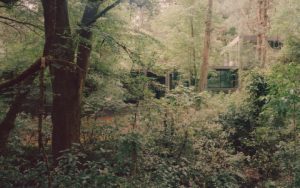Aldo Rossi's San Cataldo Cemetery in Modena, Italy (1971 onward, partially realized) stands as a radical architectural proposition, fundamentally differing from the experience and intent of many other famous cemetery sites.
Core Concept & Design Language
San Cataldo: Rossi employed pure, archetypal forms – a stark, oxidized orange cube (the ossuary), an elongated rectangular building (the house for the dead), and an open grid of conical concrete columns on the unfinished burial ground. This "reduced architecture" intentionally evokes disquiet. It lacks traditional religious ornamentation or overt references to consolation. It represents an abstract, collective monument to death itself, emphasizing anonymity and the persistent presence of the dead community (città dei morti).
Other Sites (e.g., Brion Cemetery by Carlo Scarpa): Many renowned cemeteries prioritize intricate spatial poetry and craftsmanship focused on individual remembrance and solace within a sacred landscape. Scarpa's Brion complex (1970-78) masterfully integrates water, carefully detailed paths, symbolic motifs, and intimate niches, creating a deeply personal and contemplative journey reflective of the clients' specific wishes and cultural context.
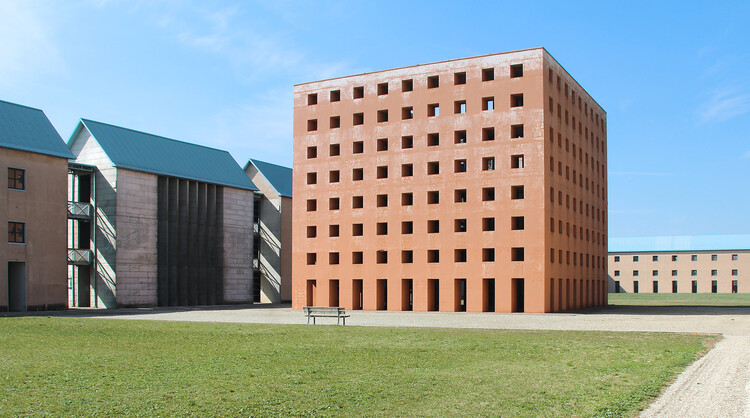
Relationship with Nature & Landscape
San Cataldo: Nature is largely absent or suppressed. The unfinished grid of columns sits on bare earth, the buildings are isolated objects in a field. The landscape serves only as a minimal platform for the architecture's symbolic weight.
Other Sites (e.g., Woodland Cemetery, Stockholm): Gunnar Asplund and Sigurd Lewerentz's masterpiece (1915-40) masterfully integrates architecture with a carefully sculpted forested landscape. The journey through woods, over hills, and past expressive chapels creates a profound sense of transition, peace, and harmony with nature, guiding mourners through grief.
Spatial Experience & Emotion
San Cataldo: Provokes intellectual contemplation about mortality, memory, and collective identity. Its scale and abstraction can generate feelings of alienation, melancholy, or awe, but rarely personal comfort or traditional piety. It remains starkly incomplete.
Other Sites (e.g., Jewish Cemetery, Kharkiv; Graceland Cemetery, Chicago): Focus on creating serene, park-like environments (Graceland) or deeply personal spaces imbued with cultural and religious symbolism (Kharkiv memorials), offering specific places for visitation, mourning, and remembrance that feel connected to life and nature.
Materiality & Symbolism
San Cataldo: Uses primary, unadorned materials (concrete, stucco, oxidized metal) for symbolic effect – the eternality of the cube ossuary vs. the fragmented grid of columns suggesting an unfinished city. Geometry is the primary symbol.
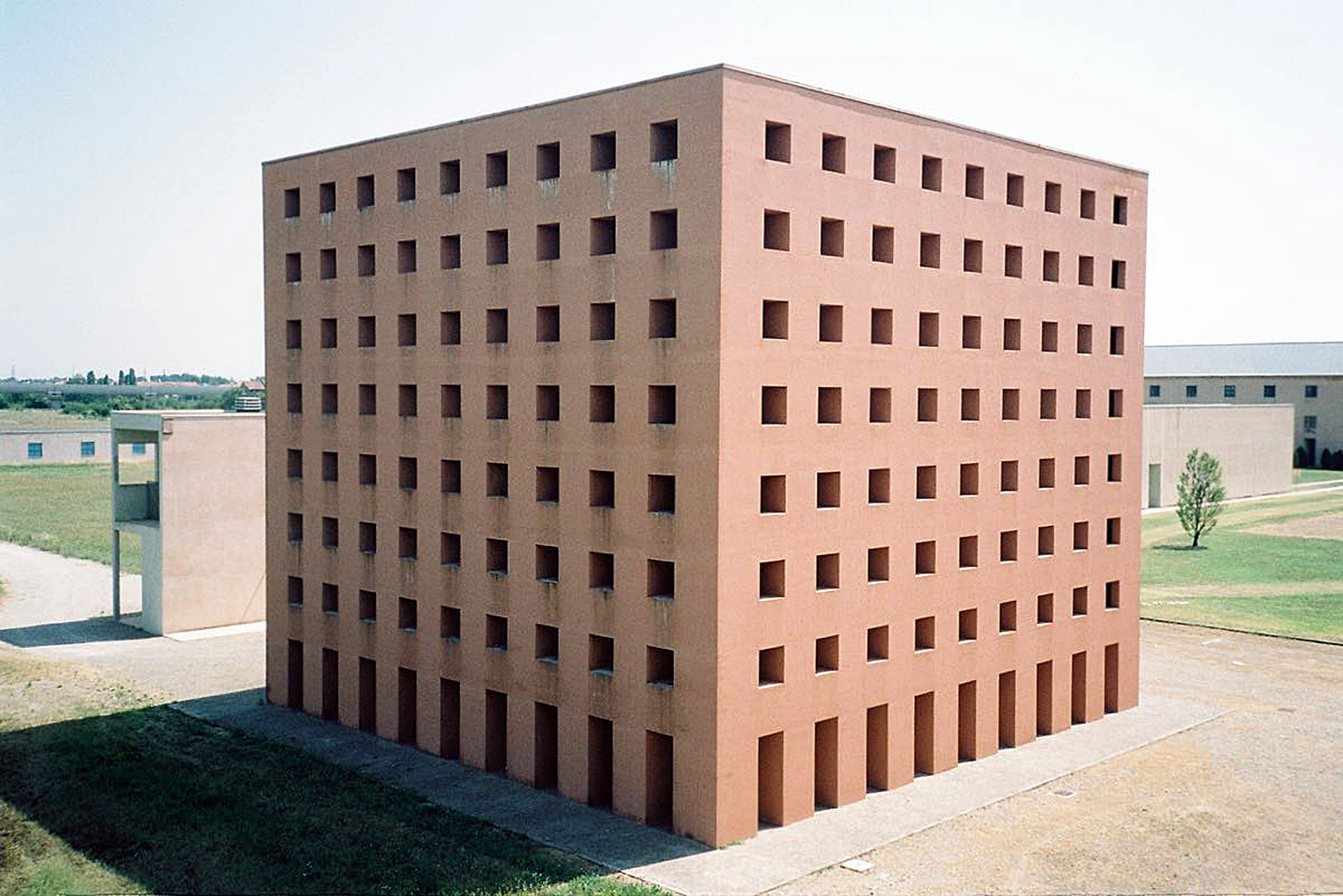
Other Sites (e.g., Cemetery of Igualada by Enric Miralles & Carme Pinós): While also modern, Igualada (1985-94) uses rough concrete, recycled materials, and earthworks to create a landscape seemingly formed by geological processes. It evokes a cycle of life and death intertwined with the earth, offering warmth, texture, and a different kind of timelessness through its integration with the land.
Conclusion
San Cataldo is less a functioning cemetery in the traditional sense and more an uncompromising architectural manifesto. Its power lies in its radical reductionism, stark symbolism, and challenge to conventional notions of memorialization. While sites like Brion, Woodland, or Graceland offer poetic beauty, solace, and connection through integration with landscape and craftsmanship, Rossi's work forces a confrontation with death's abstract, collective, and persistent nature. It stands apart as a unique and deeply theoretical architectural statement, differing fundamentally in intent and experience from most other renowned, visitor-centered cemetery designs.

